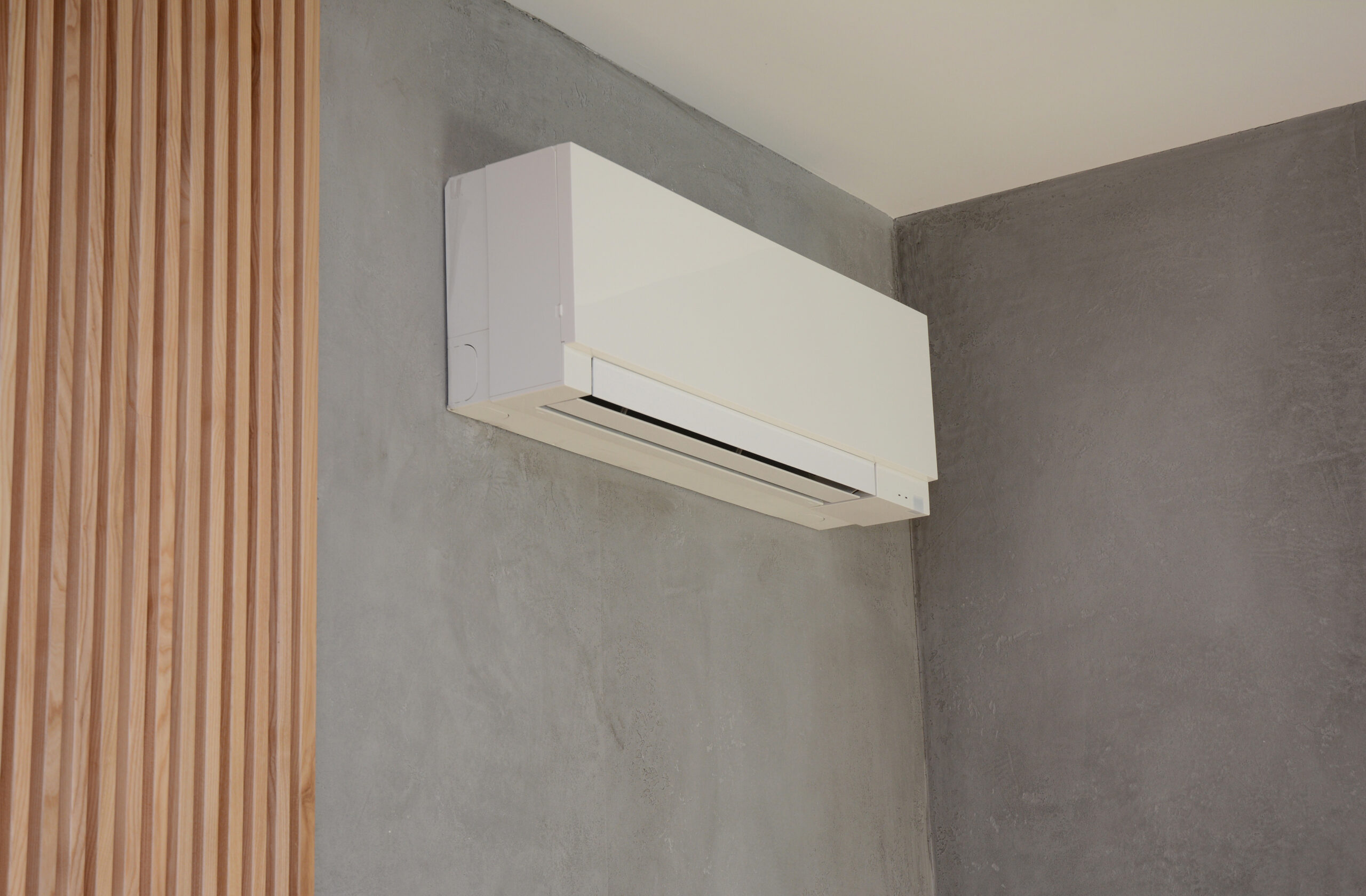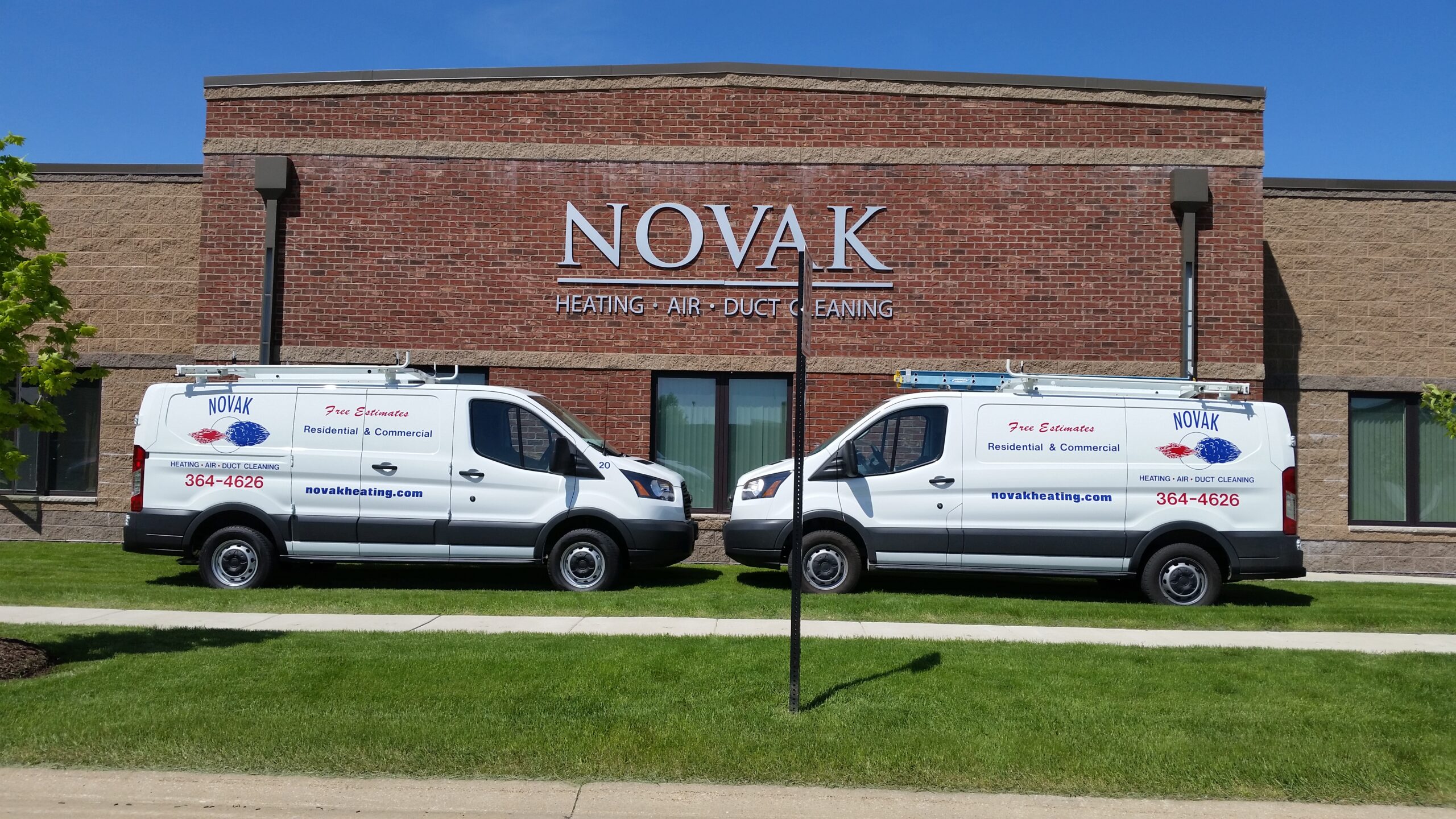As homeowners, we want to remain comfortable in our homes year-round, regardless of the weather outside. When it comes to controlling temperature, it is common knowledge that we turn to HVAC systems, but what about humidity levels? Often, the importance of proper indoor humidity levels goes overlooked, despite it being crucial to maintaining a healthy, comfortable environment. The indoor air quality experts at Novak Heating, Air, and Duct Cleaning explain why humidity control is important and what can happen if you dehumidify too much.
About Indoor Humidity
Let’s define humidity: it is the amount of water vapor present in the air. This can significantly affect our indoor air quality and comfort. High humidity levels can lead to several issues, including musty odors, mold growth, and even respiratory problems, such as allergies and asthma. Low humidity, on the other hand, can cause a range of issues, including dry air and static electricity.
It’s crucial to maintain ideal humidity levels throughout the year; a range of 30-50% is generally considered ideal. Anything above it is too humid, while anything below it is too dry. But what is the best way to fight humidity? While an air conditioner can help with humidity, a whole-house dehumidifier will probably be your best bet for managing the relative humidity around your entire home.
Symptoms of Too Much Humidity
When the air has a lot of excess moisture it causes high humidity levels. High humidity can lead to mold growth, which can result in taking over your home. Mold thrives in damp, humid conditions and can be found on walls, ceilings, inside closets, and even under carpets. It can cause health problems, including respiratory issues, skin irritations, and worsen allergy symptoms. When you turn on your air conditioner, it acts as a dehumidifier as the cold coils condense water from the air. If mold is present on coils, it too will circulate throughout the room.
While mold is one of the most visible symptoms of high humidity, other signs include condensation on windows, damp spots on walls or ceilings, feeling sticky indoors, unpleasant musty odors, and a clammy air feeling. Investing in a whole-house dehumidifier can prevent mold growth, eliminate musty odors, and reduce airborne allergens.
Symptoms of Dry Air
On the flip side, when the air is too dry, it can lead to skin irritations, dry sinuses, and noses, and even respiratory problems. Luckily, this issue is quite manageable with the right tools. A humidifier, installed on your HVAC system, can add moisture to the air when it gets too dry. Alternatively, standalone humidifiers can add moisture to specific rooms in your house.
While it may not seem essential, dry air can cause damage to your home’s wooden flooring, furnishings, and wallpaper. It can also agitate sinuses, cause static shocks, and dry skin. Investing in a humidifier to maintain a balanced humidity level and keep you comfortable. A humidifier is good to run in the winter when the air is dryer, and a humidifier is good to run in the summer to help combat the humidity outside.
If You Dehumidify Too Much, What Happens?
We know finding the right relative humidity level is key for a healthy household, but what happens when we invest in a dehumidifier without monitoring humidity levels closely? Leaving your dehumidifier on all the time can result in dehumidifying too much, leading to a dry indoor environment. It can cause dry air, leading to respiratory issues, dehydrated skin, and static electricity.
Combatting High and Low Humidity Levels
One important thing to keep in mind is that to combat humidity levels, your HVAC system, humidifier, and dehumidifier need to work seamlessly together. Your home’s HVAC system should be designed to remove excess humidity in humid months and maintain ideal humidity levels in dry months.
- If you struggle with high humidity levels, it’s essential to do a few things: check your HVAC system’s fan settings, change your air filters regularly, repair leaky faucets, and fix any moisture issues. Investing in a whole-house dehumidifier can help you keep indoor moisture levels under control.
- If you struggle with dry air in your home, invest in a humidifier. It will compensate for the lack of moisture, making your home more comfortable and healthier.
Get Help with Humidity Control Help From Novak
If you dehumidify too much in your home, we’re here to help! At Novak Heating & Air Conditioning, we’re experts in HVAC systems and indoor air quality products. Investing in a humidifier is a smart idea, not just for home comfort issues, but to help with the lifespan of your air conditioner as well. Air conditioners remove moisture from the air, but a humidifier can help, which reduces stress on your AC and can help it last longer. Talk to Novak to see if your home could benefit from a whole-house dehumidifier.



